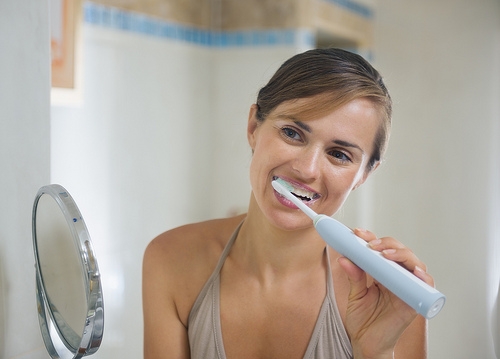Mid-Year Office Updates
July 9th, 2024

"My son needed a filling after an endodontic treatment on his front tooth and Dr. Azadpur not only placed the filling but also polished the tooth which helped it match the other teeth better. He is more confident to smile. Extremely satisfied with Dr. Azadpur’s care!!! Would highly recommend!"
We’ve reached the halfway mark of the year, and it’s time to share some exciting updates!
This year, we sponsored the Simsbury High School Girls Rugby team and are thrilled to announce that they won the State Championship! Some of these incredible athletes are patients in our office. We are so proud of the whole team!
We’re giving away an iPad and Airpods as our 3rd Quarter contest giveaway. People can refer a friend to the office or write a review on Google or our Facebook page to earn entries. The drawing will be held at the end of September, so don’t miss your chance to participate!
We’re also excited to introduce a new team member! Joanna joined us at the end of June at our front desk. She has extensive office experience and a great smile. Be sure to say hi the next time you come in and welcome her to our team!
Our practice continues to grow! We are currently looking to hire another hygienist as well as a dental associate. If you or someone you know is interested, please call 860-658-7548, ext 5, and leave a detailed message including your contact information. Must love children!
Additionally, we want to reintroduce our dedicated doctor, Dr. Azadpur. She is known for her amazing dedication and commitment to her patients and families. Dr. Azadpur continues to increase her knowledge base and stays up to date on the latest procedures in dentistry. She invests a great deal in the training of the Team too, ensuring that we provide the best care possible with our state-of-the-art technology.
This month we are highlighting a service we are proud to offer called Vivos. This service involves oral appliance therapy to help correct airway issues. If your child is a candidate, Dr. Azadpur will discuss the treatment and options at their next visit. Additionally, Dr. Azadpur and her assistants perform frenectomies in the office to correct lip and tongue ties. This procedure, when combined with myofascial therapy, has produced very promising results for infants and children. Our team will evaluate your child to determine if it’s necessary.
Regarding appointments, our summer schedule is fully committed, and we are booking into late fall. We do maintain an ASAP list to call if unexpected openings occur, so keep that in mind if you need an appointment sooner.
Lastly, we want to wish our head hygienist, Cindy, a very happy birthday!
Stay tuned for more updates and thank you for being a part of our practice!







